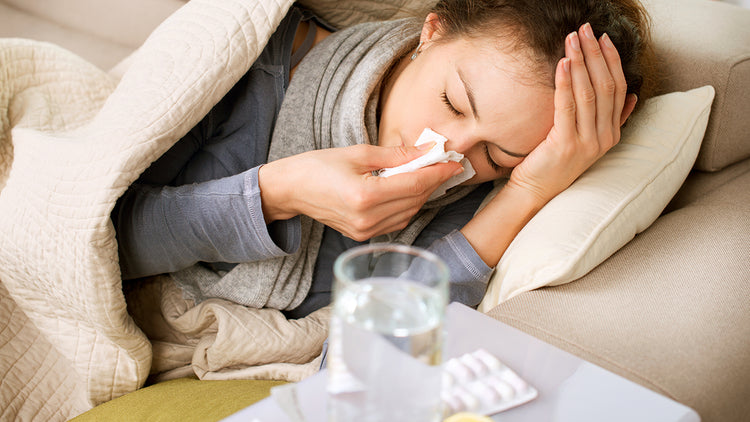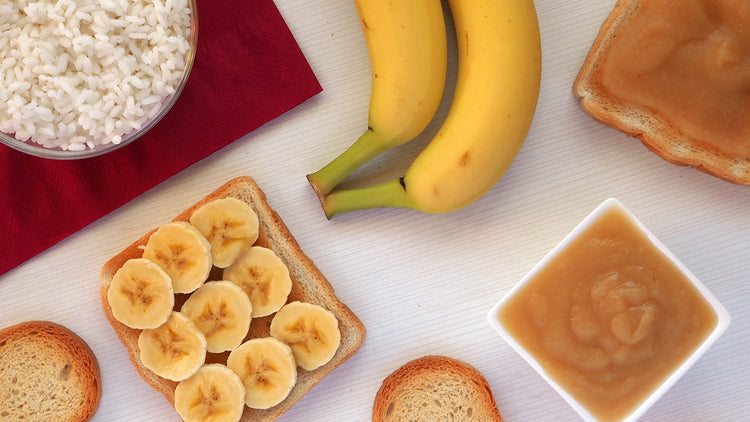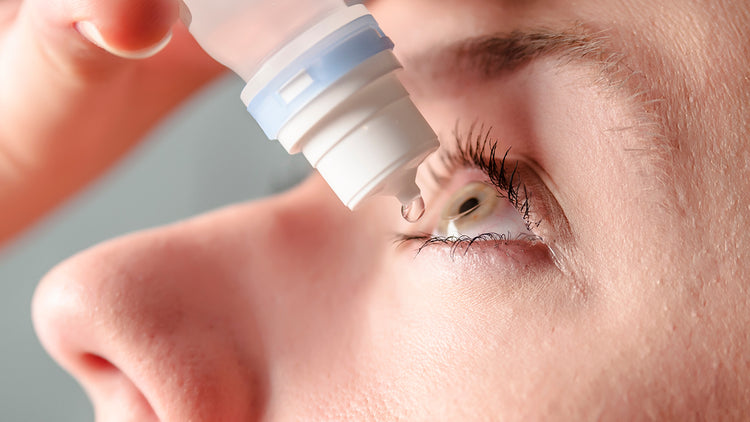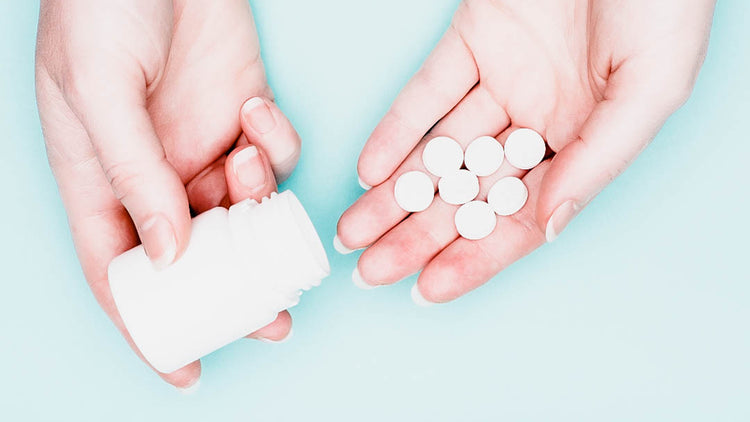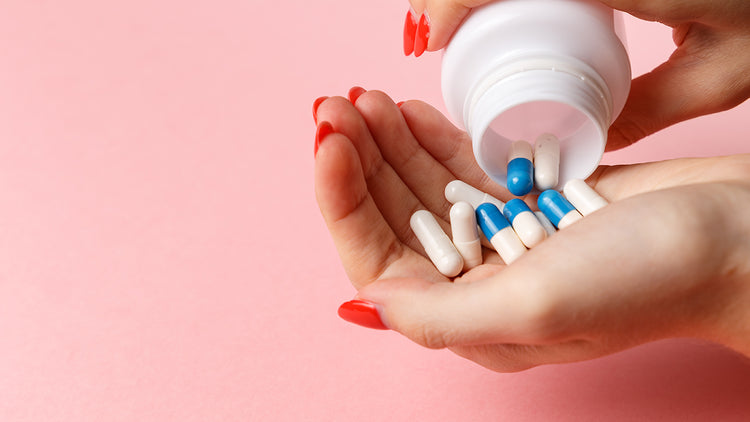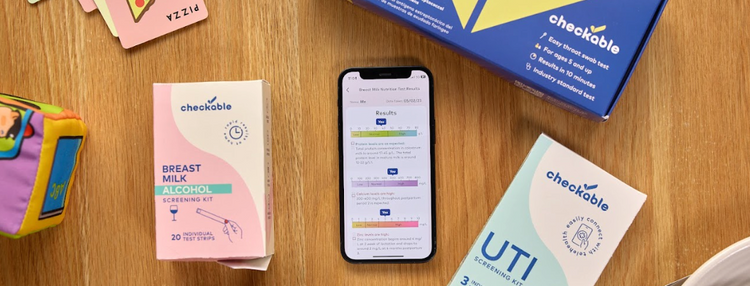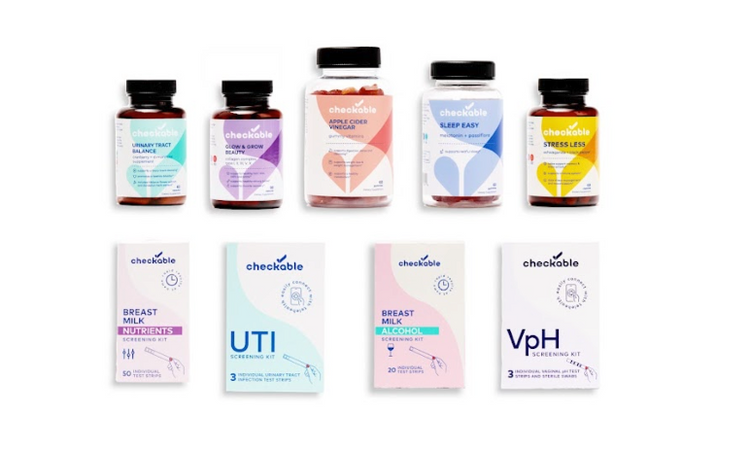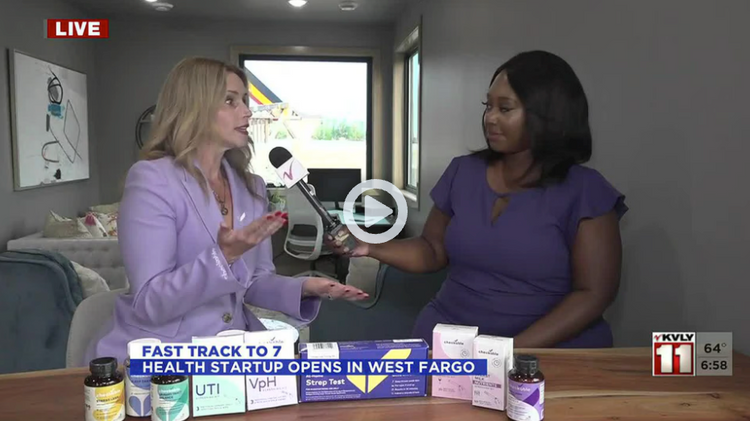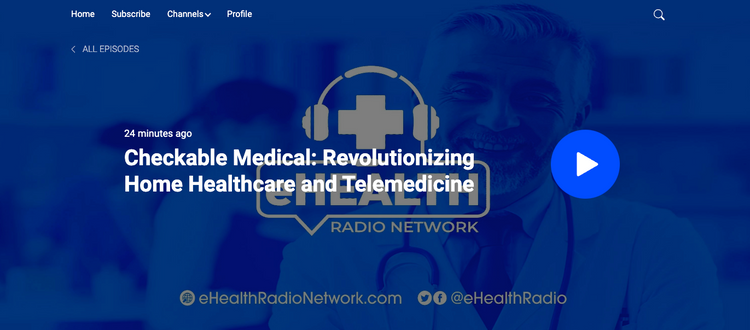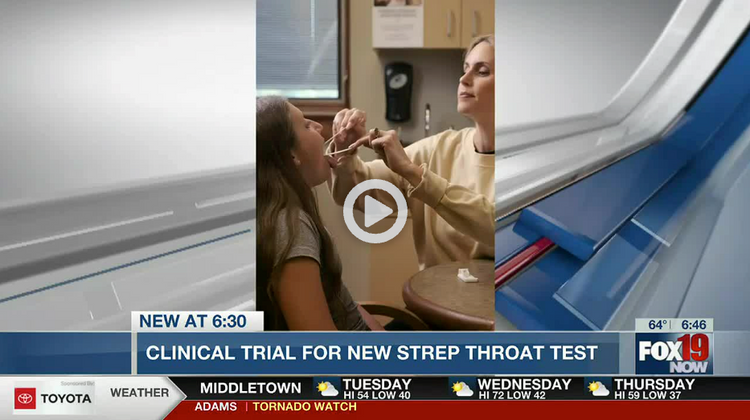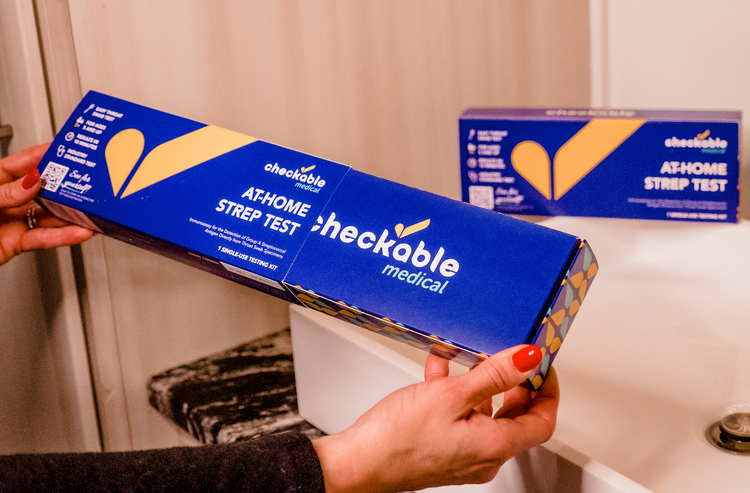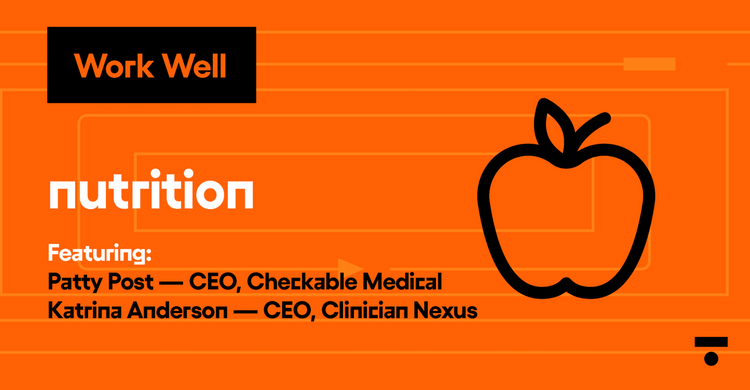
If your child is suffering from a sore throat and has all the signs of strep, there are ways to help them feel more comfortable and get better fast with medication that will have them up and about within a couple of days. The first step is to identify if it is indeed strep or something viral. An at-home rapid strep test (pending FDA approval) or a trip to the doctor can determine if it is, in fact, strep in just minutes.
Testing for strep is important because sore throats are one of the most common ailments worldwide. Although most cases are due to viral agents, about a quarter of infections are attributed to bacteria. Without getting too technical, the most common bacterial cause of a sore throat comes from a group of bacteria called Group A beta-hemolytic Streptococci (GAS) bacterium called Streptococcus pyogenes, which causes Strep throat. Strep infections are detected approximately among 30% of children who have sore throat symptoms.
Statistics show that strep throat spikes during late winter and early spring every year. Group A strep lives in the nose and throat and can quickly spread to others. In addition to known cases, it's estimated that roughly one in every ten children under five years old is an asymptomatic carrier of strep throat, which means that they can spread the infection without showing any symptoms. Those that are infected can spread the bacteria just by talking, coughing, or sneezing, making it one of the most contagious infections among children. Although the majority of sore throat infections do resolve without medications, the Center for Disease Control and Prevention (CDC) recommends that those with confirmed strep throat get treated with antibiotics. But don't fret; they come in a bubblegum flavor that your kiddos will actually like.
Ok, Strep Test is Positive, Now What?
If the strep test is positive (meaning you or your child has it), your pediatrician will probably recommend:
- Antibiotics to kill the bacteria
- Over-the-counter medicines and home remedies to ease symptoms
- Rest to help you get better faster
Typically, doctors will prescribe oral penicillin or amoxicillin (Amoxil) for ten days to treat strep throat because they're safer, inexpensive, and work the best on strep bacteria. They come in liquids for children and are offered in different flavors like bubble gum, grape, or cherry (depending on your pharmacy). If there is an allergy to one of those antibiotics, strep is usually then treated with macrolides such as azithromycin. If strep is recurring, talk to your doctor or pediatrician about ways to prevent it and different medications. You should start feeling better within 24-48 hours after starting antibiotics.
Strep throat infection symptoms can resolve themselves without treatment in about 4 to 5 days. However, antibiotics should be administered within nine days of the first symptom to contain the spread and help guard against acute rheumatic fever and other complications.
If left untreated, strep throat infections can lead to a group of life-threatening complications that include:
- retropharyngeal and peritonsillar abscess
- Sepsis
- post-streptococcal glomerulonephritis
- Acute Rheumatic fever
Tips To Help Your Little Ones Feel Better
In addition to antibiotics, symptomatic relief can be achieved using over-the-counter painkillers like acetaminophen and Ibuprofen. Check the bottle for the correct dosage. This will help lower fever and ease their aches and pains while the antibiotics do their job. You may want to also:
- Offer liquids like water, apple juice, or soup (avoid acidic juices like orange or grapefruit, which can irritate the throat)
- Offer cold or soft foods like popsicles, yogurt, or cottage cheese
- Use a cool-mist humidifier (moist air may help ease a dry throat)
- Cough drops and lozenges can soothe an irritated throat
- Sleep! When you are sick, rest is best
Written by: Ali Kessler
Life is too short to sit in a doctor’s office
Sign up for our weekly newsletter and get valuable healthcare tips and tricks in your inbox!
Sign up now and unsubscribe anytime.
- Choosing a selection results in a full page refresh.
- Press the space key then arrow keys to make a selection.













